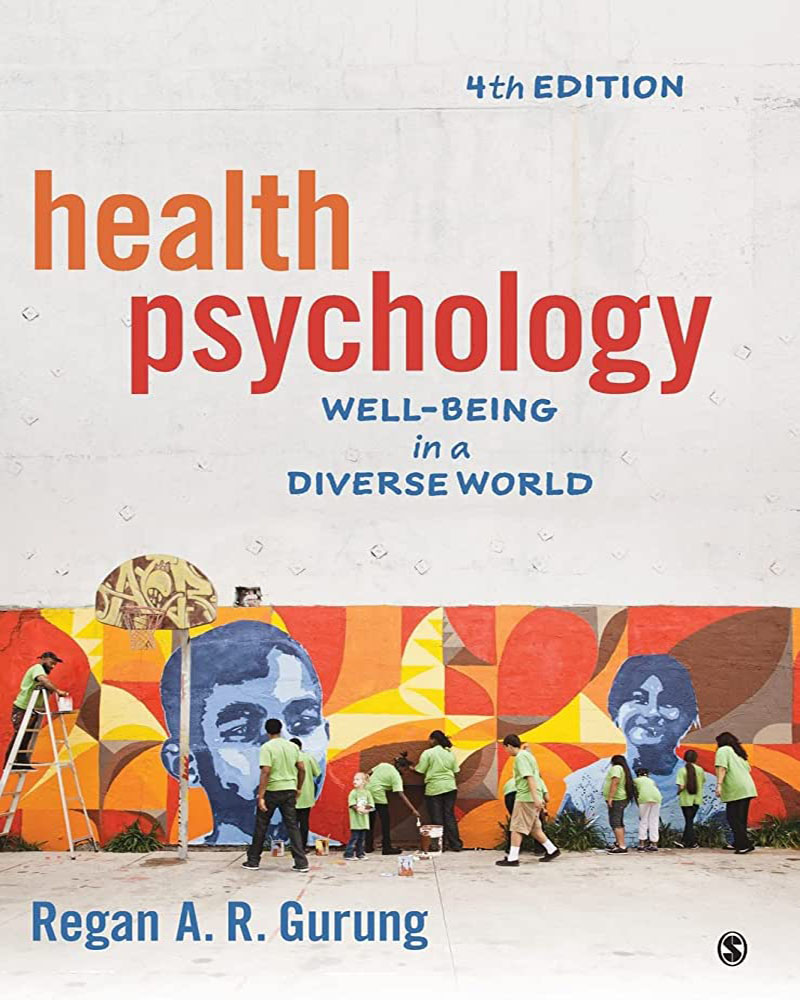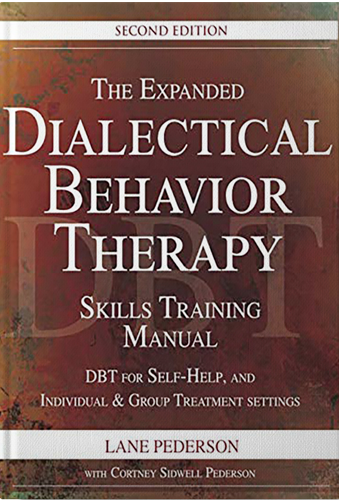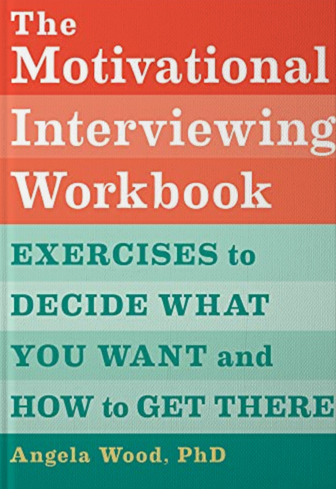🎉 Sale alert! spend $100 and get 20% OFF on all ebooks and enjoy instant downloads.
Health Psychology: Well-Being in a Diverse World
Original price was: $ 29,99.$ 18,12Current price is: $ 18,12.
Health Psychology: Well-Being in a Diverse World introduces students to the main topics and issues in health psychology through a unique perspective focused on diversity. Using a conversational tone, author Regan A. R. Gurung explores the key determinants of behavior―such as family, environment, ethnicity, and religion―and connects concepts to personal experiences for students to gain a deeper understanding and appreciation of the material. Extensively updated based on over 1,000 new articles cited, and with a new chapter on research methods, the Fourth Edition reflects the latest cutting-edge research in the field to explain more thoroughly how context and culture are important predictors of healthy behavior.























Surface to Air Missle –
Health Psychology: Well-Being in a Diverse World is a wonderful 530 page resource that is much needed in today’s ever diversifying and multi-cultural world. This book encourages students to go deeper in understanding the impacts of cultural influences upon the human experience. Focusing on factors such as family background, religion, environmental and ethnicity, Gurung offers an inclusive perspective to understanding health and well-being.
Hedera Femme –
Until VERY recently, the standard in medicine was the white male subject. This is not my opinion. It is fact.
When doing psychological and/or medical studies, women have generally been left out (and still are in some cases), as well as non-white populations, with the most common samplings being university students.
Because the makeup of these students is changing and is drastically different than 40+ years ago, and so is our understanding of the impacts of social dynamics and correlations between socio-economic status and wellness, hence books like this one. It is important to take social factors into account, not only in the hard sciences of medicine, but particularly for psychology. This book features a more complete and holistic view of wellness, even discussing traditional healing beliefs from various groups. In my opinion, this is how a general psychology book should always look: taking ALL relevant factors into account.
Excellent!
Miss Pink Lemonade –
While this text is typical in that it introduces the broad points of health psychology to students, it distinguishes itself from comparable texts by including a cultural approach. Likewise, it is extremely student-friendly. It is outstanding for struggling students and a student population who is more at-risk/needs more guidance (i.e. community college students). This is something for professors seeking a new text for their class to consider.
This text not only engages students with well-edited, well-researched material, but it includes readers with the “Measuring Up” aspect. “Measuring Up” are in-text boxes that allow readers to consider their own perspectives on any given topic. For instance, in Chapter Seven, the author begins with a box asking students to consider their perspectives on exercise. This permits readers to truly consider the topic on a personal level before engaging the topic on a more scholarly level. This is an innovative (if not tricky) approach to learning. It has the power to unmask biases and, potentially, to curb resistance to the reading. (And, in a section like this, which discusses destructive life choices like overeating and smoking, getting students “to engage” means a great deal).
The text is presented in full color. This may seem like a small detail, but for many of my own students, this prevents reading fatigue. Likewise, there are little diversions like “Researcher Spotlight” boxes. These are colorful bits of information that are not strongly tied to the text or even “important,” but they allow for a small break from “denser” (i.e. slightly more challenging) material. It’s a pretty good idea since it gives the veneer of a student-friendly text.
This is a good text for a low to mid-level undergraduate class. Jargon is kept to a minimum, the chapters are fairly short, and there are plenty of “check-in” points for students (including little exams at the end of the chapters).
Yes, there is a good deal of “hand-holding” here (no doubt), but that is what makes this a good text for community colleges and many undergraduates programs. Therefore, you are professor seeking a text that helps your students be more successful and more self-sufficient, I believe this could be an absolute god-send. Very highly recommended to community college instructors and many undergraduate instructors/professors
Denise Webster –
Perfect
VIDFAN –
As the white European population in the US decreases and the number of POC (people of color) increases, it is vital for health professionals to increase their knowledge and awareness of different approaches to health, stress, tolerance to pain, mental and psychosomatic illness. It is not enough to rely solely on Western interpretations of wellness – for years people have used acupuncture, neti pots, and other Asia-derived medical procedures that provide relief where Western medicine falls short. It is refreshing to see a medical textbook that seriously addresses the importance of “cultural competence” and encourages health professionals to consider the ethnic or religious backgrounds of those they treat, as well as how their own cultural bias may predispose them to dismiss “non-Western” methods of treatment. For example, it is less common in the East and on some level, Europe, to treat the littlest pain by popping lots of pills, thus avoiding the widespread opioid painkiller epidemic here in the US.
African Americans, Hispanics, Asians, and other people of color also appear to have varying pain tolerances or different ways of dealing with stress in their bodies. All this is important for a health professional to consider, especially when prescribing treatment.
The textbook consists of 14 chapters and covers a broad range of illnesses from a cultural standpoint (i.e., cancer, cardiovascular disease, HIV/AIDS, mental illness, and other issues) Each chapter ends with a summary, a Test Yourself section, key terms, concepts and essential readings. It is well illustrated with color photos, sidebars, and charts.
Overall this is a clear, well-thought out and lucid textbook that is open minded and offers vital insights to the layman as well as the professional and student.